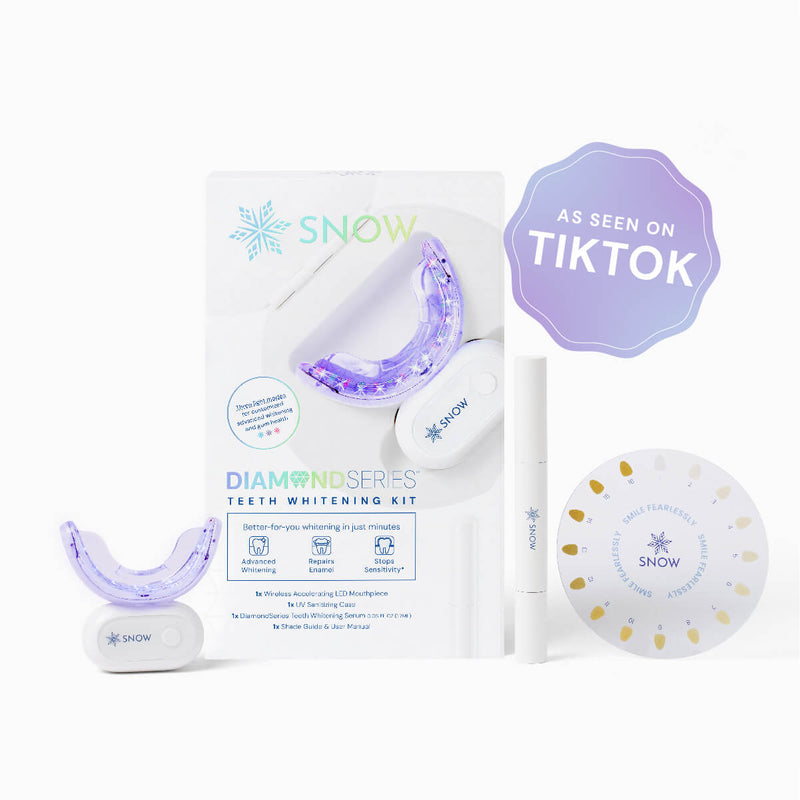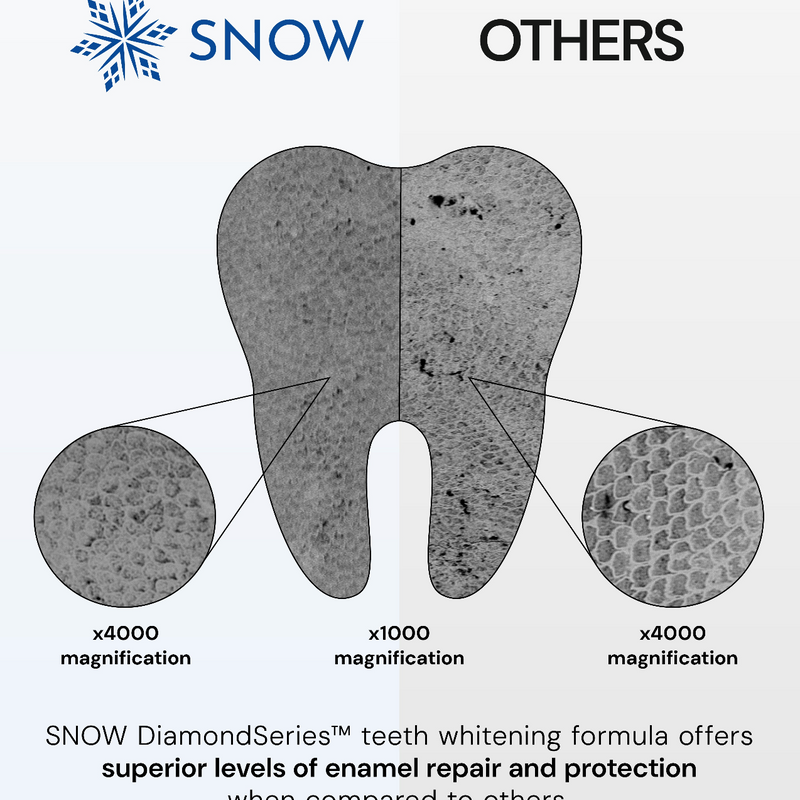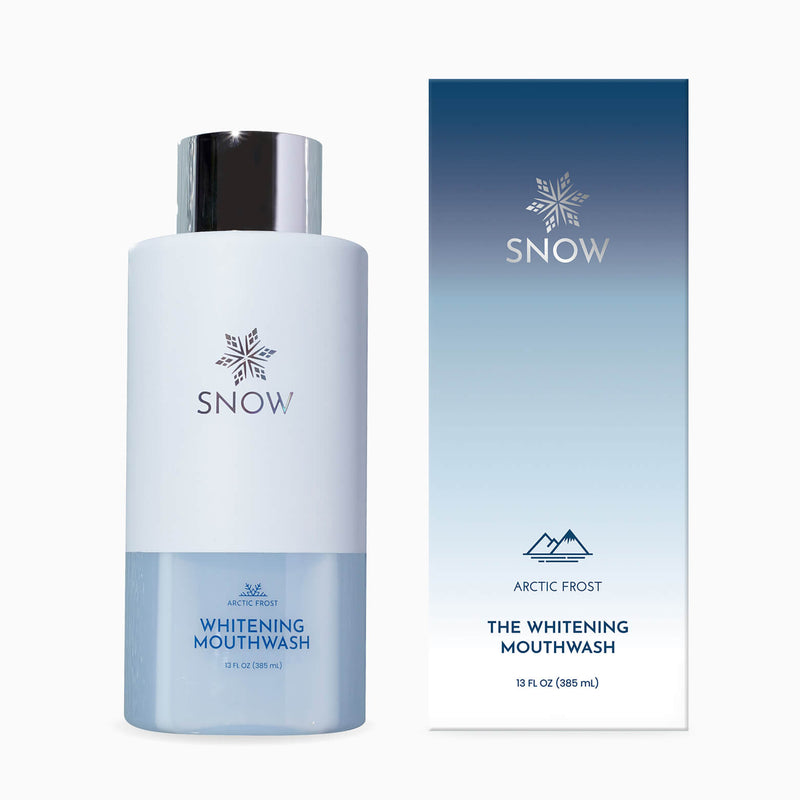Do water flossers work? Yes, they do. These devices have become increasingly popular for effectively cleaning between teeth and along the gum line.
In this article, we'll explore how effective water flossers are, explain their operation, and highlight their many benefits. We'll compare them to string floss, guide you on how to use them properly, and offer tips on choosing the right model for your needs.
We'll discuss the importance of combining water flossers with traditional flossing and why flossing itself is an important habit.
Let's unpack how to integrate a water flosser into your routine.
What this article covers:- Are Water Flossers Effective?
- The Basics of Water Flossers and How They Work
- Benefits of Water Flossers
- Water Flossers vs String Floss
- How to Use a Water Flosser
- How to Choose The Right Water Flosser
- Use Floss and a Water Flosser for the Best Results
- Why Floss to Begin With?
Are Water Flossers Effective?
Most definitely. Water flossers work by using a pressurized stream of water to clean between teeth and along the gumline.
This method is beneficial for individuals with braces, dental work, or sensitive gums, as it offers a gentle yet thorough clean without the discomfort that string floss can sometimes cause.
Does a water flosser replace flossing? It's important to understand that while water flossers are effective at reducing plaque and improving gum health, they are not a complete replacement for traditional flossing. For optimal results, it is recommended to use both methods.
The SNOW Water Flosser offers a convenient way to maintain oral hygiene with its compact, travel-friendly design. The flosser includes an antibacterial-treated tip nozzle, an 8 oz water tank, and a USB-C charging cord, providing up to 70 uses per charge.
The Basics of Water Flossers and How They Work
Water flossers use a stream of water to clean areas that traditional brushing and flossing might miss. The device typically consists of a motor, a water reservoir, and a specialized nozzle that directs water between your teeth.
Does water flosser remove plaque? When the water is expelled, it dislodges food particles and reduces plaque buildup.
They are easy to use and require less manual dexterity, which is helpful for individuals with arthritis or other mobility issues.
Benefits of Water Flossers
Water flossers offer several benefits that make them a valuable tool. One of the key advantages is their ability to clean deeper than traditional string floss.
Water flossers can reach up to 7mm deep into the gum pockets, whereas string floss typically reaches only about 3mm. This makes water flossers the right tool for reducing gingivitis and preventing periodontal disease.
Another major benefit is their ease of use. Many people find traditional flossing time-consuming and uncomfortable, especially if they apply too much pressure, leading to gum irritation. Water flossers, on the other hand, are gentle on the gums and can clean the entire mouth in under a minute.
The SNOW Activated Charcoal Whitening Floss offers an advanced approach to flossing with its plant-based bamboo fibers and activated charcoal. This floss is designed to expand during use, removing plaque and surface stains between teeth.
Does water flossing help with bad breath? Absolutely. It achieves this by removing bacteria from the gumline.
Water Flossers vs String Floss
When comparing water flossers to string floss, it's essential to consider the specific needs and preferences of the user. String floss is effective at scraping away plaque from the surfaces of teeth, but it requires proper technique.
Water flossers, in contrast, are easier to use and can be more effective at cleaning around braces, implants, and other dental work.
How to Use a Water Flosser
Start by filling the flosser's reservoir with lukewarm water or a mouthwash mixture, depending on your preference.

Once ready, position the flosser's nozzle inside your mouth, aiming it at the gumline. Begin with the molars and work your way forward, moving the nozzle along the gumline and pausing briefly between teeth to ensure thorough cleaning.
It's best to lean over the sink and slightly close your lips around the nozzle to prevent water from splashing everywhere. As you become more comfortable, you can adjust the water pressure to a level that feels good.
The entire process should take about two minutes, covering both the upper and lower teeth. Once finished, remember to empty and rinse the reservoir to prevent bacterial growth.
Our findings show that the SNOW Arctic Frost teeth whitening mouthwash is a great way to finish your flossing session. Its alcohol-free formula combines the whitening power of hydrogen peroxide with soothing aloe vera and refreshing peppermint oil.
How to Choose the Right Water Flosser
One of the most important aspects is multiple water pressure settings. Adjustable pressure levels allow you to customize the intensity, which is especially beneficial for individuals with sensitive gums or dental work.
Another critical feature to consider is the variety of nozzles or tips included with the water flosser.
Different tips serve different purposes, such as orthodontic tips for braces or periodontal tips, which offer deeper cleaning along the gumline.
Models that support interchangeable heads can provide cost-effective long-term use, especially if multiple people share the device.
Lastly, consider the ease of use and durability. A user-friendly design with intuitive controls ensures that the water flosser fits seamlessly into your daily routine.
The SNOW Nano-Hydroxyapatite teeth whitening toothpaste combines advanced dental technology with natural ingredients to provide comprehensive oral care. It features nano-hydroxyapatite, a key ingredient that helps repair and remineralize enamel, making it ideal for those with sensitive teeth.

Use Floss and a Water Flosser for the Best Results
For optimal oral hygiene, it's recommended to use both traditional floss and a water flosser. Incorporating both methods into your daily routine ensures a more comprehensive clean.
String floss is excellent for scraping away plaque between teeth, particularly in tight spaces where water flossers might not reach effectively. Our research indicates that water flossers are superior for cleaning along the gumline and flushing out debris from hard-to-reach areas.
Start with string floss to break up and remove plaque, then follow up with a water flosser to wash away any remaining debris.
Why Floss to Begin With?
If left unchecked, plaque buildup can lead to tartar formation, which eventually causes gum disease and tooth decay. Regular flossing removes plaque, helping to prevent these issues before they start.
Daily flossing helps maintain a healthy mouth and contributes to overall oral hygiene. The SNOW Charcoal Whitening Floss Picks offer a dual-action solution. Infused with activated charcoal, which binds to plaque and surface stains between teeth, they help to whiten and detoxify simultaneously.
The convenient, travel-friendly pack contains 90 picks made from BPA-free recycled plastic, making them both effective and environmentally friendly for daily use.
Conclusion
Water flossers are a valuable addition to your oral care routine. Based on our observations, they provide an efficient and gentle way to clean between teeth and along the gums, making them ideal for those with sensitive gums or dental work.
This article has covered the effectiveness of water flossers, their functionality, benefits, comparison with string floss, and tips on selecting the right model.
We've also emphasized the importance of using both water flossers and traditional floss.
For a healthier, brighter smile, enhance your routine with a top-quality water flosser. Explore SNOW's collection today to find the perfect solution for you.
If you want to learn more, why not check out these articles below:
- Does Water Flossing Hurt
- Does Water Flosser Make Teeth White
- Are You Supposed to Rinse Toothpaste
- Is Fluoride Free Toothpaste Good
- How Much Toothpaste Should You Use?
- Fluoride vs Fluoride Free Toothpaste
- Types of Toothpaste
- How to Get White Teeth in 1 Day with Toothpaste
- Is It Safe to Use Whitening Toothpaste Everyday
- Best Water Flosser
- Best Dental Floss
- Best Portable Water Flosser
- Best Travel Water Flosser
- Why Does My Floss Smell Bad?
- Why is Flossing Important?

























